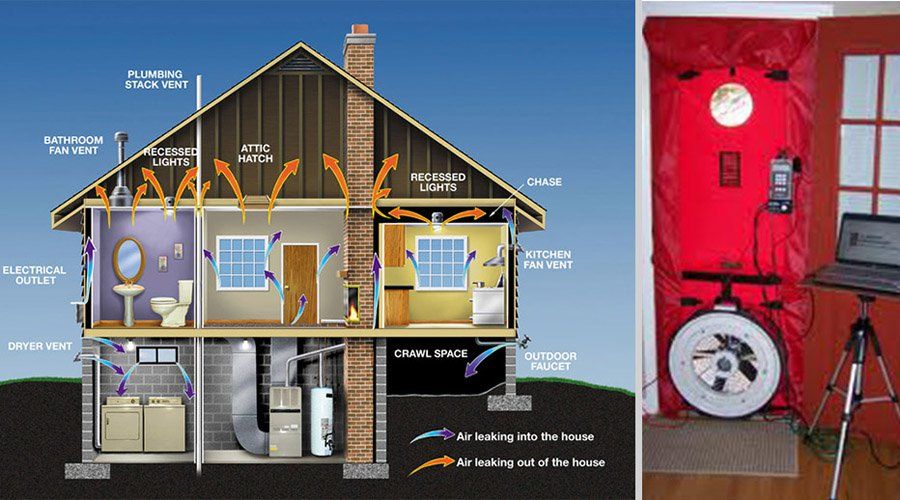Man, I am confused. The 1st post you stated you'd open a window to burn but opposed to an oak. No matter how tight your house is you have to go out at some point. I'm betting the oak is equivalent to opening the door 1-2 times more a day. I'd go through to the crawl space and out. Summer time you can just cap the pipe if needed or wanted.
See my reply to bholler in post # 22 above. I'm not opposed to an OAK, I'm opposed to putting a hole w/ a flapper valve in my living room wall, which is what the dealer suggested I do. I thought I couldn't do an OAK due to the location of my fireplace, and it may be too expensive, but am looking into it.


